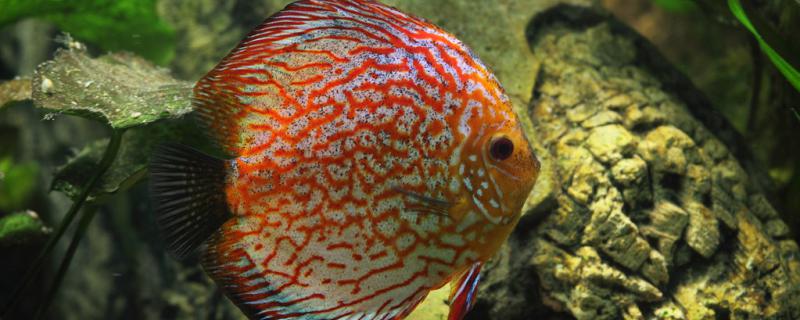
of colorful angelfish The female of colorful angelfish usually matures in 9 months, while the male needs 14 months to mature. When they mature, they will pair up on their own, grab a suitable place to lay eggs together before breeding, and stay here all the time. The breeder can prepare a separate tank for them to breed. You can put a tube in the middle of the fish tank. Be careful not to lay it flat, but to stand in the middle of the fish tank. When the
time is right, the female fish will enter the spawning tube to lay eggs, and the male fish will go in to inseminate. The process of spawning and fertilization is very fast, and after successful reproduction, the female and male fish will always stay around the birth tube. Colorful angelfish generally do not eat fish eggs, and will guard fish eggs, so there is no need for isolation after successful reproduction. The fertilized eggs can hatch in about 1-2 days. Small fish do not need to be fed for the first 3-5 days of life, and they will absorb nutrients from the parent fish. After 5 days, you can feed some shrimp eggs or cooked egg yolks.
of colorful angelfish after breeding Colorful angelfish need to give enough food and oxygen to parent fish after breeding, because they waste energy to lay eggs and guard eggs, and small fish will stick to parent fish after hatching and absorb nutrients secreted from the surface of fish. If the parent fish is spawning for the first time, do not let the small fish. Breeders need to keep them in isolation and start feeding them on the third day after birth.